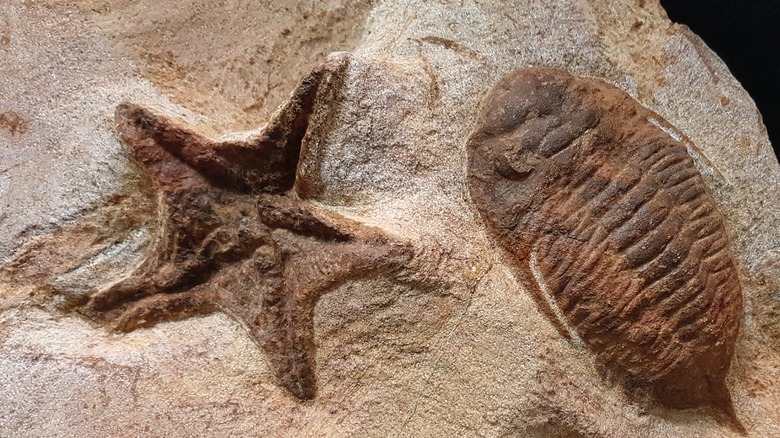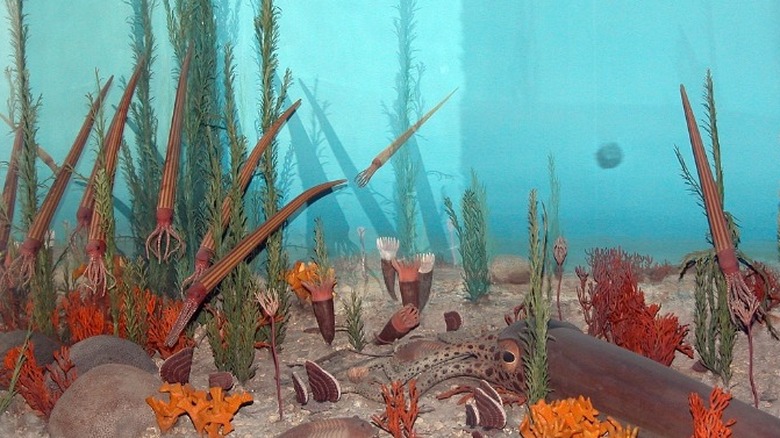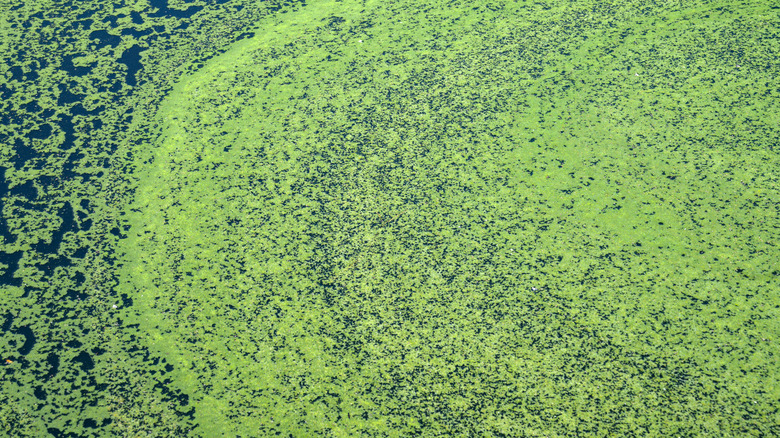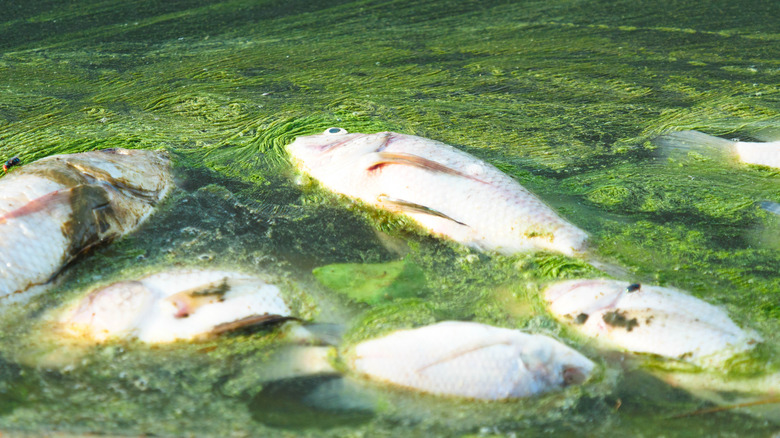The Earth's First Mass Extinction May Have Taken A Bigger Toll On The Environment Than We Thought
Life on Earth has been through five mass extinction events and is currently in the middle of a sixth, according to the American Museum of Natural History's Shelf Life. First there was the Ordovician extinction, which took place around 445 million years ago when most life lived beneath the waves and mostly wiped out ocean invertebrates. Then came the Late Devonian extinction, which took place around 370 million years ago and was also a marine invertebrate massacre. Third was the Permian-Triassic extinction 252 million years ago, which was so thorough it was known as the Great Dying. It killed off around 70% of land-dwelling species and more than 95% of ocean life. The fourth mass extinction was the Triassic-Jurassic extinction of 201 million years ago, which offed a third of marine species. It was especially brutal to large amphibians and reptile species related to crocodiles and dinosaurs.
Probably the two most well-known and talked-about extinctions are the fifth and sixth. The fifth mass extinction is the Cretaceous-Paleogene extinction, likely caused by an asteroid strike 66 million years ago. This is most famous for being the reason there are no more land-based dinosaurs walking around, but it actually killed around 75% of all species. Finally, the sixth mass extinction is known as the Holocene extinction and is the ongoing devastation of life on Earth by human activities. However, scientists recently went back to the beginning and discovered Earth's first mass extinction was worse than they thought.
Earth's first mass extinction
If you got in a time machine and visited Earth during the Ordovician Period, you probably wouldn't recognize the place. Most contemporary continents were part of a giant land mass called Gondwana, according to Stanford Earth Matters magazine. You would probably need a submarine as well, because most of life was in the ocean. However, if you were an ocean organism, the beginning of the period, which lasted from 485 million to 444 million years ago, was terrific, according to Discover. It saw marine biodiversity rapidly expand. Stars of the period included trilobites, mollusks, and jawless fish. It's also possible that plant life put its first roots down on land.
Then, around 444 million years ago, everything changed. This was the Late Ordovician mass extinction, or LOME for short. Scientists currently think that the extinction was a two-stage event caused first by an ice age and then by the process of warming back up. Overall, the whole process took 1.4 million years and led to the extinction of 85% of preexisting species. But researchers are still trying to understand more about it. "As you might imagine, trying to infer what exactly happened in the environment 445 million years ago is a fairly inexact process," paleobiologist Charles Mitchell told Discover.
A really bad time to be alive
One of those attempts to better understand the Late Ordovician mass extinction was published in Nature Communications in 2020. The research team focused on the second wave of extinctions, which took place at the transition between the Hirnantian and Rhuddanian geological stages, and a theory that the second wave was caused by a lack of oxygen in the oceans, according to Stanford Earth Matters magazine. Basically, the idea is that algae began to bloom in the oceans as they warmed back up, which depleted the ocean of oxygen much as algal blooms do today, Discover explained. Evidence for this came from sediments dating from the time that contained the isotopes of metals like uranium and molybdenum, Stanford Earth Matters magazine explained. These isotopes react differently in poorly- and well-oxygenated environments.
The 2020 study used the physical evidence to create a new model of the oceans during LOME. What they found was that most of the ocean floor would have experienced low oxygen for longer than 3 million years. That's much more than other low-oxygen events in the history of the world's oceans that also had a devastating impact on marine life. "For most ocean life, the Hirnantian-Rhuddanian boundary was indeed a really bad time to be alive," study co-author and Stanford geological sciences professor Erik Sperling told Stanford Earth Matters magazine.
Warnings from the past
The 2020 study about Earth's first mass extinction is also relevant to humans today as we try to put the brakes on the sixth. We are also in a period of warming ocean waters that, along with nutrient runoff from agriculture and coastal development, have led to oxygen-sucking algal blooms. A 2019 study from the International Union for Conservation of Nature (IUCN) found that the number of low-oxygen zones in the ocean had risen from 45 in the 1960s to around 700. The number of spots with no oxygen at all had multiplied by a factor of four. Overall, the ocean had lost around 2% of its oxygen during this period, Independent reported, and was projected to lose 3% to 4% of it by 2100 if nothing was done stop climate change, IUCN said.
Looking at past mass extinctions can help scientists understand what to expect from current oceanic oxygen declines. Erik Sperling told Stanford Earth Matters magazine that it's actually very difficult for scientists to model the loss of oxygen in contemporary oceans, so looking to the past can help them better understand and predict the future. However, even without a complex model, the warning is clear. "There is no way that low oxygen conditions are not going to have a severe effect on diversity," lead author and Stanford graduate student at Sperling's lab Richard George Stockey told Stanford Earth Matters magazine.



